Read, listen and learn some new words.
(Lasi, klausies un mācies jaunos vārdiņus!)
Svarīgi!
Repeat the insects from the theme "Animals and Pets (3.-4.klasei)".
Flies, fleas, beetles and bees are all insects, and the study of insects is called entomology. Insects are probably the most important group of animals on earth - there may be as many as ten million different types of insect alive today! There are about 25 different groups of insect, but most belong to one of nine common groups:
- beetles;
- butterflies and moths;
- ants, bees, wasps;
- true bugs;
- flies;
- dragonflies;
- grasshoppers and crickets;
- cockroaches, mantis, earwigs, stick insects;
- fleas.
- Beetles
Beetles account for a third of all insect species. They come in all shapes and sizes, and have distinctive toughened forewings called elytra (segspārni). Beetles have biting mouthparts, and sometimes these 'jaws' can make up a third of the insect's total length. Male stag beetles fight one another using their jaws. There are more than 370,000 species of the beetles on Earth.
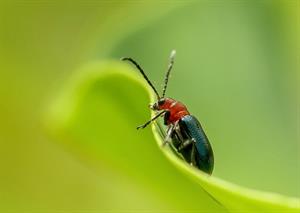
beetle — [ˈbiː.təl] — vabole
- Butterflies and Moths
Butterflies and moths are a group of insects called Lepidoptera. Like all insects, butterflies and moths have a head, thorax, abdomen, two antennae, and six legs. Additionally, moths and butterflies have four wings that are almost always covered by colored scales. There is no real scientific difference between moths and butterflies but we still split them because:
- Butterflies tend to be active during the day, are more brightly coloured, and have simple antennae ending in a small swelling or 'club'.
- Moths tend to be active during the night, are less brightly coloured, and have a variety of different antennae, but never those with a 'club'.
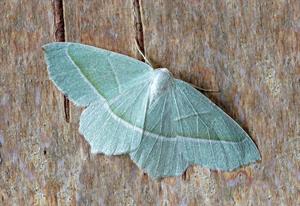
moth — [mɒθ] — kode, naktstauriņš
- Wasps, Bees and Ants
Hymenoptera - wasps, bees and ants - include some of the most advanced insects on Earth. Many have defensive mechanisms like stings and warning colours to scare off predators. Some harmless species even mimic the appearance of harmful ones to protect themselves. There are more than 120,000 species in the world in this group. The most common are bees, wasps, bumblebees, hornets, ants.
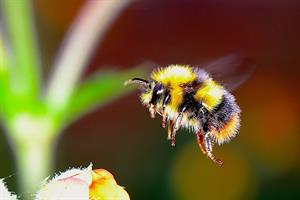
bumblebee — [ˈbʌm.bəl.biː] — kamene
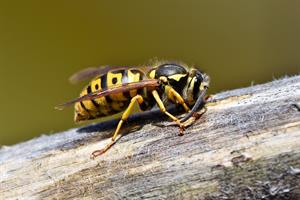
wasp — [wɒsp] — lapsene
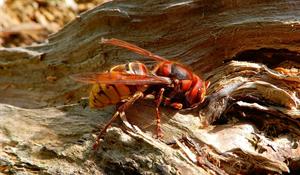
hornet — [ˈhɔː.nɪt] — irsis
- Termites
Termites are well known for their ability to quickly eat through wooden structures and dead wood. They can do this because of a tiny protozoan and a bacterium that live together in the termites' gut. These small life forms work together to digest wood cellulose, thus making the nutrients available to the insects. There are more than 2,000 species of termites worldwide. While they vary in where they live and what they eat, all termites live in colonies and all are highly social. Termites are understandably feared by homeowners everywhere, because they do billions of dollars' worth of structural damage every year. But these decomposers also perform valuable services for forests and other natural ecosystems because of the role they play in returning valuable nutrients to the soil from decaying wood.
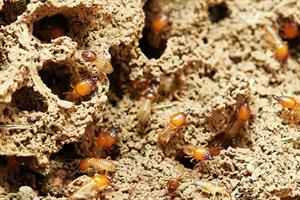
termite — [ˈtɜː.maɪt] — termīts
- True bugs
This large group of insects, bugs, consisting of more than 40,000 species, can be recognized by an X-shaped design on the back, which is formed by the wings at rest. A combination of features – sucking mouthparts adapted to pierce plant or animal tissues and a hardened gula (underside of the head) – separate the heteropterans from all other insect orders.
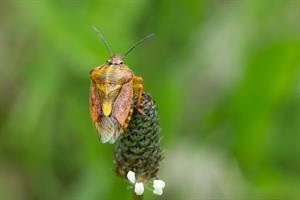
bug — [bʌɡ] — blakts

water strider — [ˈwɔː.tər ˈstraɪ.dər] — ūdensmērītājs
Atsauce:
https://www.oum.ox.ac.uk/thezone/insects/instant/hemipter.htm
https://www.kidsbutterfly.org/faq/general/1
https://www.britannica.com/animal/
https://www.stlzoo.org/animals/abouttheanimals/invertebrates/listallinvertebrates